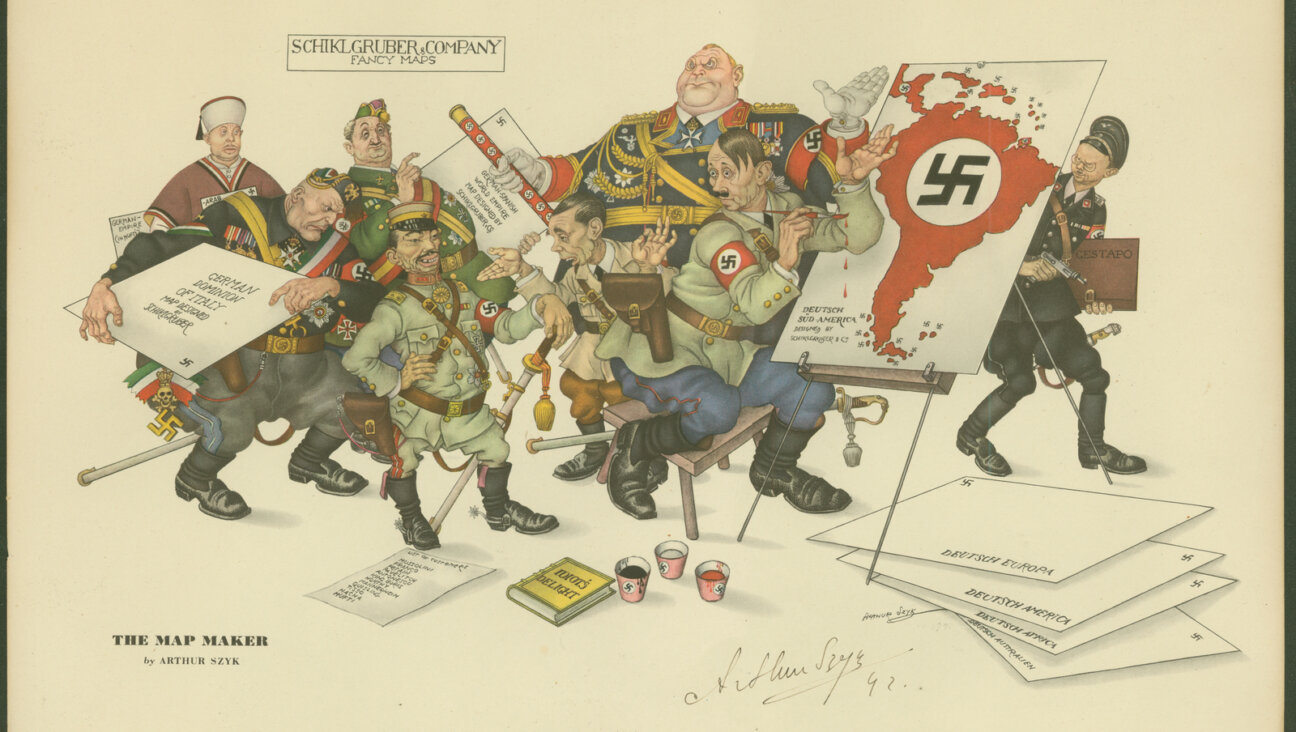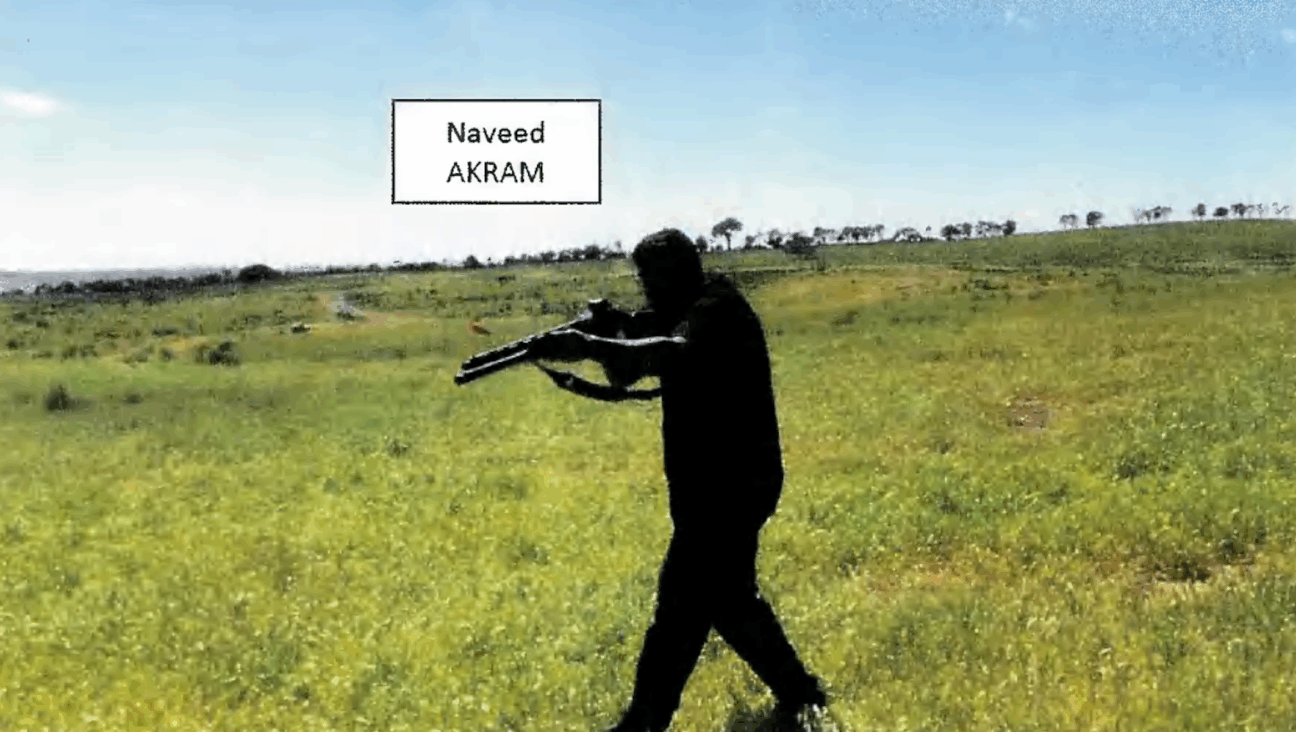The Second Tragedy at Bergen-Belsen
After Daybreak: The Liberation of Bergen-Belsen, 1945
By Ben Shephard
Schocken Books, 288 pages, $25.
* * *|
Schocken Books, 288 pages, $25.In the middle of the night, when my father cannot sleep, he will pick up the phone in London and call me in New York, where he knows it is still evening, to talk about a topic that torments him. My father is a survivor of the Bergen-Belsen concentration camp; on April 15, 1945, when it was liberated by the British army, he was 10 years old. My father was not in the camp when the British arrived. Five days earlier, he and his mother and three surviving brothers had been placed on a train traveling toward Czechoslovakia, and soldiers of the Red Army freed him after the Germans abandoned the train in a forest between the German towns of Schilda and Tröbitz. Nevertheless, my father is haunted by a question: Why did 14,000 survivors of Bergen-Belsen die in the weeks after the camp came under British control? To him, the answer is clear: “Gross, deliberate neglect.”
According to conversations my father has had with veteran soldiers of the Bergen-Belsen liberation, the Germans and the British had struck a deal to bar the survivors of the camp from leaving. Typhus was rampant in Bergen-Belsen, and it was feared that the disease — which had killed 3 million people in the Soviet Union at the end of the First World War — would spread to the surrounding population. Indeed, the British commandant who took control of the camp was under orders to “prevent the spread of disease and to prevent criminals breaking out.” But was typhus the only reason for the inadequacy of the British response? Was antisemitism a factor? Did the British see Jews as expendable? Or was the British army simply ill equipped to cope with starvation, disease and squalor so grotesque that they had never before encountered it on such a scale? In his new book, “After Daybreak: The Liberation of Bergen-Belsen, 1945,” Ben Shephard uses military records, diaries and the survivors’ accounts to answer these questions. He does so with sensitivity and careful attention to the facts.
When British soldiers entered Bergen-Belsen, they were greeted by a horrible sight. Inside the camp were 60,000 desperate prisoners — more than half of them Jews deported from Poland, Greece, Holland and Hungary, the rest Polish and Russian prisoners of war, French Resistance fighters, and a motley crew of German thieves and prostitutes. Most of them were starving, and many were dying of typhus and tuberculosis. Allied bombing had disrupted the water supply in March 1945, and the food supply had failed completely. Many of the emaciated inmates were too weak to leave their bunks; “the compounds,” Brigadier Glyn Hughes wrote, “were absolutely one mass of human excreta.” Another British officer described the scene as “a barren wilderness,” with piles of corpses “naked and obscene” lying everywhere. The place quickly became known as the Horror Camp.
Looking back, one doctor wrote in 1947 that “perhaps never in the history of medicine has a more gallant action been fought against disease.” In reality, it took the British army almost two weeks to organize a proper medical response. The medical teams that did arrive in the camp were equipped with only aspirin and opium. James Johnston, the British lieutenant colonel who was appointed senior medical officer at Bergen-Belsen, estimated that a dozen 1,200-bed hospitals would be needed to treat the occupants of the camp. Instead, the British army had only eight nurses and about 300 medics, but no doctors, beds, clothes, dressings, surgical tools or anesthetics. They also had no idea how to feed the survivors, many of whom were too starved to digest the army rations that the soldiers offered on the day after their arrival: tins of ham, sausages, steak-and-kidney pudding, as well as butter and cheese. Two thousand survivors died — of vomiting and diarrhea — after eating this food.
The death rate continued to soar — reaching a high of 1,700 people one day in April — due to a week’s inexplicable delay in moving survivors into nearby Wehr-macht barracks, which were equipped with a modern military hospital and kitchens. Slowly, however, conditions began to improve. A de-lousing program began, using dust guns to powder the detainees with DDT (dichloro, diphenyl trichloroethane) in an attempt to stop the typhus epidemic. (The fear that the disease would run rampant in the neighboring towns seems unfounded, because typhus is transmitted by lice in overcrowded conditions when carriers cannot change their clothes or wash.) Two Quaker volunteers organized a team of Hungarian laborers to clean the water tanks, and 96 medical students arrived from London to help treat the victims — aided in their efforts by doctors drawn from among the inmates.
Was there a policy of deliberate neglect? According to Shephard, the British were indeed unprepared to deal with the catastrophe they encountered at Bergen-Belsen, despite the fact that their intelligence services had been monitoring the camp for years. He argues, however, that it was mismanagement and ignorance that accounted for the mistakes and delays in treating the camp victims, rather than overt antisemitism. Not that the sentiment did not exist: Indeed, once the survivors had regained their vitality, their liberators accused them of being whiney and ungrateful. One observer wrote: “They are extremely fussy about the clothes with which they are issued. They grumble about their food…. They will not take no for an answer…. They criticize the fact that the British military commander drove round Camp 1 on the first day of the liberation, in the same car as the German commander, ‘for all the world as though we were an exhibition.’”
Ultimately, however, it is the Jewish survivors’ resilience and their ability to maintain their humanity that resonate most powerfully in “After Daybreak.” They formed a central committee to represent them to the British, organized a Zionist youth group that began preparing for immigration to Palestine, set up a theater company and gave performances, and, in July 1945, published a Yiddish newspaper, Unzer Sztyme (Our Voice). Perhaps no one captured the survivors’ strength more hauntingly than Rabbi Leslie Hardman, a British army chaplain who arrived in Bergen-Belsen on April 16, 1945. Talking with a group of Jewish girls from Poland and Lithuania, he described how, wracked with anguish, he tried to “kindle some warmth in their frozen hearts.” One of the girls broke into a few lines of a Hebrew song. “The pathos of this attempt was so poignant,” Hardman wrote, “that I put my head on the table and wept; and then they comforted me.”
Josie Glausiusz is an editor at Discover Magazine and the author of “Buzz: The Intimate Bond Between Humans and Insects” (Chronicle, 2004).















